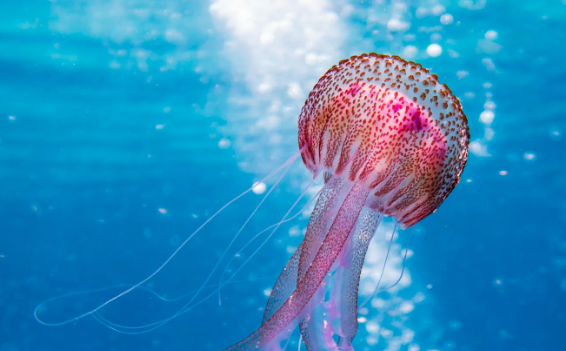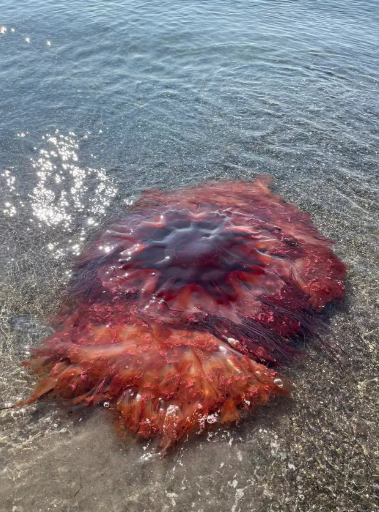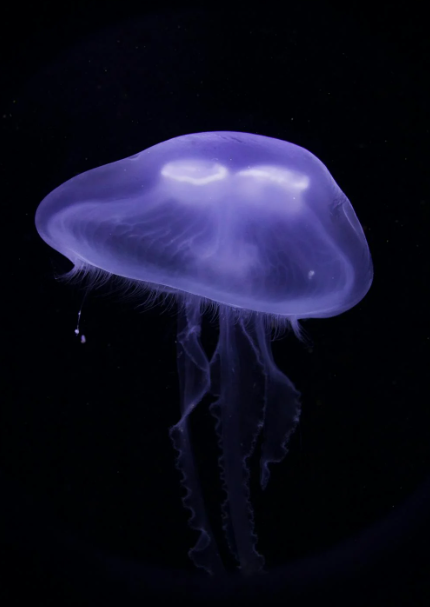Massive Lion’s Mane Jellyfish Washes Up in Maine

© Pawel Kalisinski / Pexels
A towering lion’s mane jellyfish, nearly 5 feet in diameter, was found washed ashore at Willard Beach in South Portland, Maine, over the weekend.
Known as the world’s largest jellyfish species, these deep-red giants can extend tentacles up to 120 feet, rivaling a blue whale’s length.
Warning Issued: “Don’t Touch It!”
City officials alerted the public via Facebook:
- Do not touch—lion’s mane stings can inflict intense burning.
- Observe from a distance—they’re fascinating but hazardous.
- Notify lifeguards if one washes up—trained staff can return them to the sea using shovels.

A scientist from the Gulf of Maine Research Institute warned that while their sting isn’t typically fatal, it’s painful and can cause serious allergic reactions.
Spike in Sightings: Trend or Awareness?
Reports of lion’s mane and moon jellyfish have surged across southern Maine beaches this season. Nick Record of Bigelow Laboratory, who’s tracked these jellies since 2014, notes this year’s specimens are unusually large—some as big as 5 feet across, compared to the more typical 2-foot range.
It’s unclear if the increase stems from a broader population boom or simply more eyes on the shore as tourism rebounds.
Ecology of the Arctic Wanderer
The lion’s mane jellyfish (Cyanea capillata) thrives in cold, boreal waters—from the Arctic to the North Atlantic and Pacific. Smaller individuals are common near New England and Canada, but such large adult specimens typically dwell offshore. Currents and tides sometimes sweep them onto shore, often compressed and stranded on the sand.

Their bell section resembles a shaggy mane, the source of their name, and despite their size, they don’t travel in swarms. Instead, individuals drift alone and are most often encountered in late summer and early autumn .
Protective Tips for Beachgoers
- Spot and report: If you see one, notify a lifeguard immediately.
- Don’t risk touching: Even washed-up tentacles still sting.
- First-aid tip: Use sand—not fresh water—to remove tentacles, then rinse with salt water.
- Keep pets safe: Their curious sniff can result in painful stings.
You might also want to read: Breathtaking Facts You Never Knew About Jellyfish


